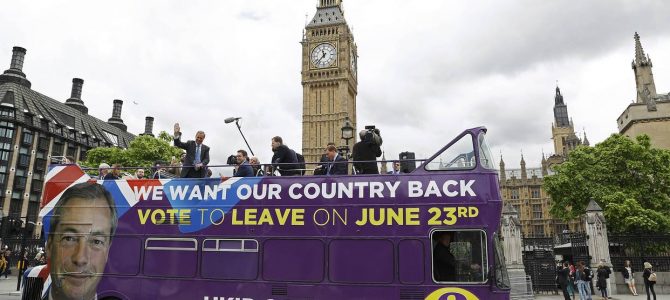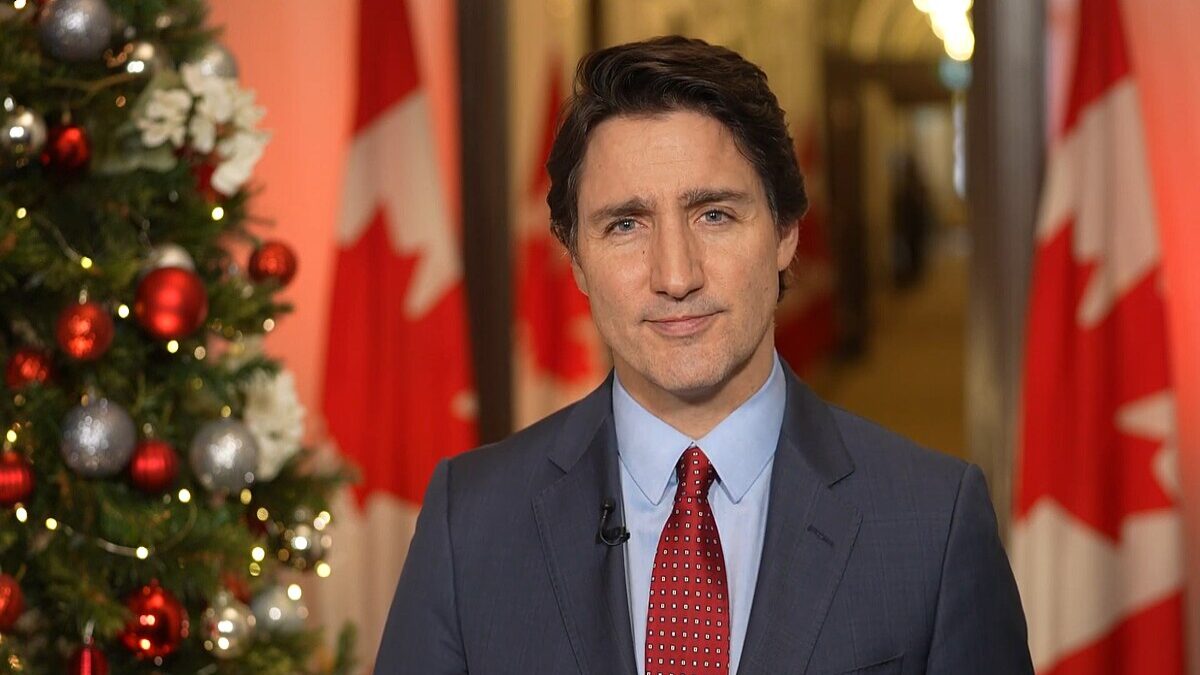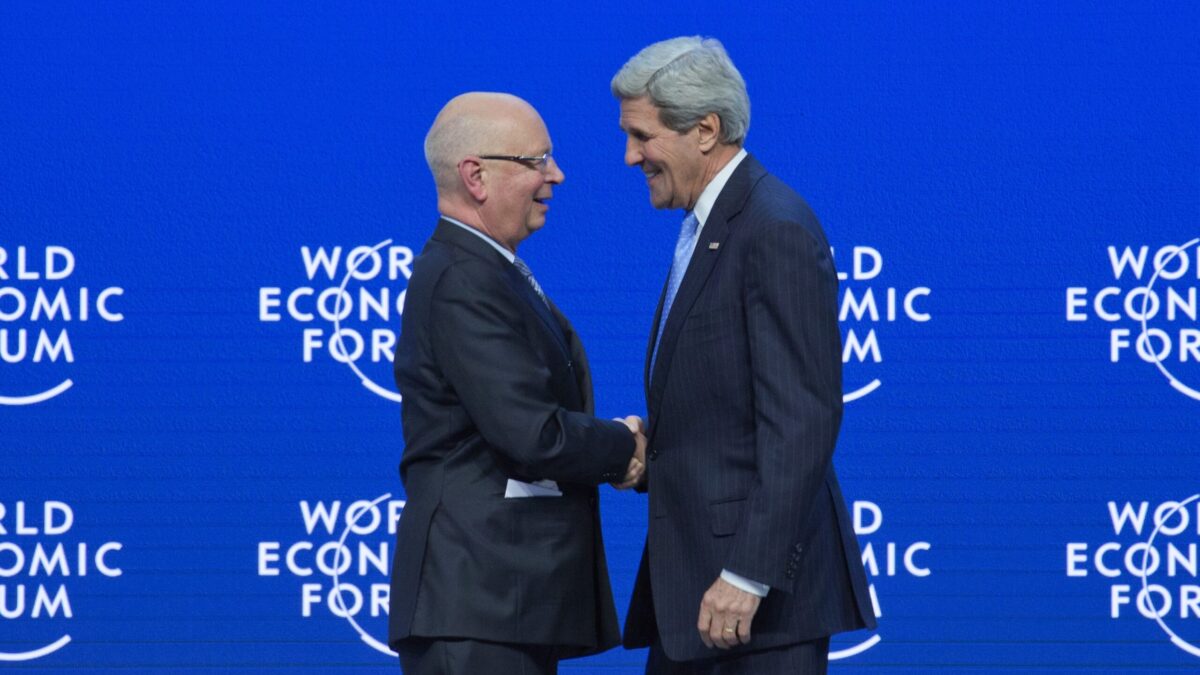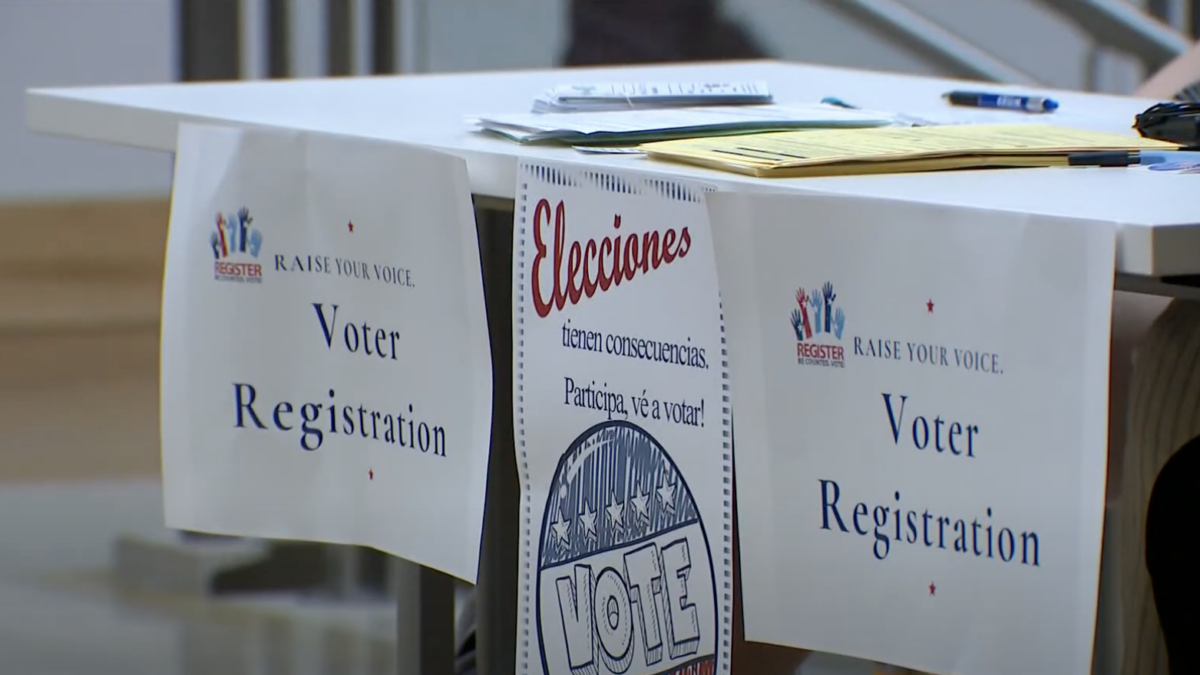
Last month, the European Union’s Council of Ministers voted to allow Britain another extension in its Brexit deliberations. Despite Prime Minister Theresa May’s “success” in negotiating this extension, her Conservative Party recently experienced massive losses in local council elections with more than 1,300 Conservative councillors losing their seats.
Since then, May’s party has tanked further in opinion polls. One recent poll has only 11 percent of the electorate supporting Conservative candidates in the upcoming May 23 elections for the European Parliament. Three years after voting to leave the European Union (EU), British voters must now suffer the indignity of voting to send representatives to a body they no longer wish to represent them.
Not surprisingly, Nigel Farage’s breakaway Brexit Party has surged in polls and looks poised to deal May another electoral humiliation next week. If that occurs, she will likely have to yield to pressure from within her own party to resign. At that point, a new Conservative leader will need a better plan for extricating the United Kingdom from the EU.
Theresa May’s Misfeasance
Indeed, from the beginning, May has mishandled the Brexit negotiation. She has done so by assuming that establishing a new trading relationship with the EU first required her to negotiate a separate exit deal. Consequently, the negotiation with the European Commission has focused on how much the UK would pay to leave and on the question of the Irish border.
The deal May negotiated actually leaves Britain worse off than before the Brexit vote. Not only has May agreed to an unnecessary £39 billion exit payment, but she has also accepted continued UK compliance with a swath of EU social and customs regulations, ostensibly to prevent re-establishing a hard border between the Republic of Ireland and Northern Ireland. Since her deal would end British participation in the European Parliament and Council of Ministers, it would enshrine regulation without representation.
Brexiteers have instead advocated leaving the EU without a deal and continuing to trade with EU countries under World Trade Organization (WTO) rules that include modest reciprocal tariffs. They argue correctly that the UK can rely on already concluded “micro-deals” with the EU—covering visas, border checks, trucking, financial derivatives, air travel and Irish power generation—to minimize possible disruptions associated with a no-deal exit.
Even so, the UK has a better option than either May’s deal or a straight no-deal exit. Call it “leave, then deal” or “leave and deal.” Here’s how it would work.
First, Affirm Brexit
The next prime minister should first affirm Britain’s decision to leave. He or she can do so either under the terms of Article 50 of the Treaty of the European Union or, better yet, by abrogating the treaty altogether.
Although Clause 1 of the Treaty of the European Union affirms that member countries may decide to leave the European Union unilaterally “in accord with their own constitutional requirements,” the fine print in subsequent clauses complicates that process. In particular, Clause 2 requires the leaving nation to negotiate an exit deal with the European Council of Ministers or with whichever EU entity the council designates to represent it.
In Britain’s case, that has meant dealing with the unelected European Commission, whose sole interest has long been advancing the project of European political integration. The exit deal May negotiated with the commission reflects those priorities and May’s tepid support for a genuine Brexit that restores British Parliamentary democracy. (Since 1973 when Britain joined the European Economic Community (EEC), the EEC and the EU, its courts, and various agencies have imposed more than 20,000 laws on the British public with the British Parliament powerless to stop them.)
Nevertheless, the possibility of leaving under Article 50 will soon present itself, since yet subsequent clauses in the Treaty of the European Union allow a country to leave if the negotiation with the council or its designate fails to produce an exit deal after two years. Britain will reach that happy terminus after the expiration of the current extension on October 31st.
The next PM should inform the council well in advance of that deadline that Britain will seek no further requests for extensions and will leave with or without a deal on October 31, or sooner in the case of a decision to withdraw from the treaty. Since 1988 the United Kingdom has withdrawn from more than 50 international treaties and could, with sufficient political will, do so unilaterally now.
Either way, May’s successor should then immediately make an offer to the people of Europe through the Council of Ministers and its 27 elected heads of state. This offer should be made to them rather than the unelected and politically unresponsive European Commission.
Specifically, the new PM should propose, for a period of, say, three years, mutual residency for European Union citizens living in Britain and for British citizens living in Europe. Most importantly, he or she can also offer the council a new free trade deal but under the auspices of the WTO rather than the Luxembourg Court. May’s successor can inform the council that if it refuses the offer, Britain will allow the imposition of tariffs under WTO rules and immediately seek free trade agreements with friendly non-EU countries, including the United States.
Look for Free Trade and Mutual Residency
This proposal and negotiating strategy will help resolve the Brexit crisis for several reasons.
First, making a free trade and mutual residency offer exploits the strength of Britain’s negotiating position and increases the likelihood of an EU-UK agreement. Currently, nearly 3.5 million EU citizens live in the UK, while only 1.2 million British people live in EU countries. Similarly, EU exporters sell far more goods and services to Britain than the reverse.
If the UK left the EU with no deal, EU exporters would have to pay an estimated £14 billion in tariffs per year to the UK, while UK exporters would only pay £6 billion to the EU. What’s more, if Britain leaves without a deal, under WTO rules the British government could subsidize UK exporters for their tariff expenditures from the revenue the government would receive from EU exporters. Clearly, the EU countries have far more to lose than the UK does in the event of a no-deal exit.
Second, a free trade agreement administered under WTO auspices would dissolve the thorny Irish border problem. Indeed, the EU regulations that May has accepted to prevent customs checks between the two Irelands are only necessary in the absence of a UK-EU free trade deal.
Third, since this proposed deal would free the UK from the EU Customs Union, it would allow the UK to make free trade agreements with non-EU countries. By contrast, May’s current deal leaves the UK in the Customs Union for nearly two years and requires EU approval for the UK to withdraw permanently.
Finally, this negotiating strategy circumvents the need for a new vote in Parliament over an exit deal, since the government would no longer be seeking such a deal. Indeed, since both Houses of Parliament already voted to leave the EU under Article 50, another exit vote is legally unnecessary. Once agreed, a free trade and mutual residency deal would, however, require Parliamentary approval.
Yet such a deal will prove hard to reject in Parliament. Even May’s pro-Remain Chancellor of the Exchequer Philip Hammond cites achieving “frictionless trade” with the EU as the government’s main Brexit objective.
Would a Free Trade Deal Present a Problem?
Some will argue that leaving and then offering a free trade deal could be legally problematic within the UK since Parliament also recently voted to forbid a no-deal exit. But the government can render this argument irrelevant by indicating an intent to leave and then securing a deal—on trade and residency—with the Council of Ministers before the October 31 deadline to leave with or without a deal.
The government should also insist that contradictory Parliamentary mandates cannot prevent it from executing the clear will of the British people as expressed in the Brexit referendum. Making this legal argument will render the government’s threat to leave—if necessary without a deal—credible. This will signal to the council that it cannot prevent Britain from leaving by refusing to make a deal, especially one in the clear interest of the European people.
The political chaos engulfing Britain derives from a fundamental flaw in May’s Brexit negotiating strategy. By effectively conceding EU sovereignty over the UK during the period of the negotiation, May has accepted a Brexit in name only, making it impossible for her to secure passage of her deal in the British Parliament. The recent extension in the deadline she secured under Article 50 does nothing to alter the dynamics of her negotiation or end the current impasse in Parliament.
Only a radical change, of course, can now accomplish that. Yet May has shown herself disinclined to pursue any such change. Had she done so, she might have saved her premiership and prevented the coming electoral catastrophe for the Conservative Party. But if, as it seems likely, she continues with her current approach to the bitter end, her party will have no choice but to force her resignation. When it does, the “leave and deal” option provides a clear Brexit roadmap for any would-be successor.









